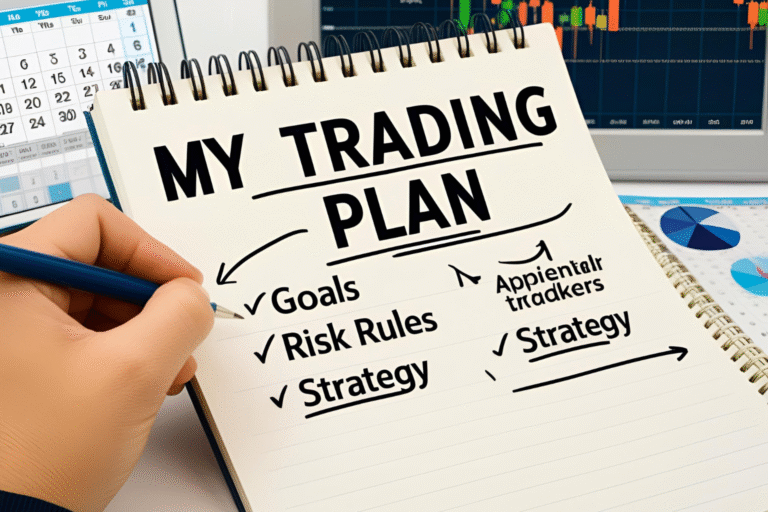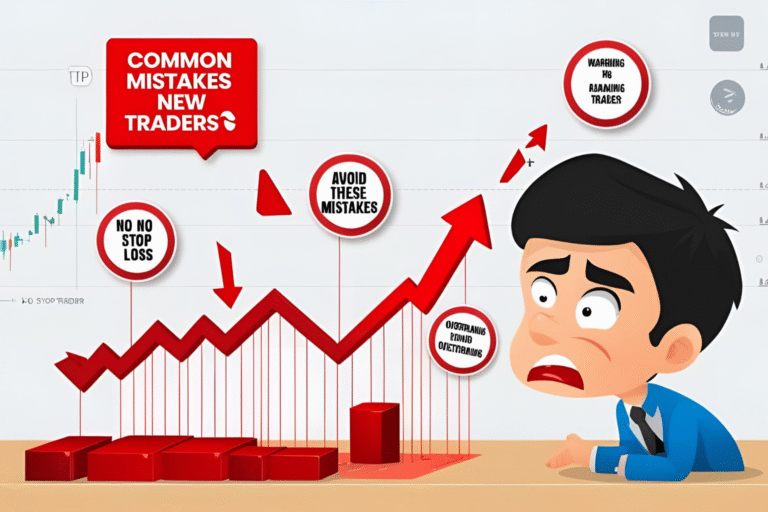5 Risk Management Tips for New Traders
Risk management is the foundation of successful trading. While finding trade setups is important, protecting your capital is what keeps you in the game. If you’re new to trading stocks, crypto, forex, or futures, these five beginner-friendly risk management tips will help you trade with more confidence and less stress.
1. Use a Stop-Loss on Every Trade
A stop-loss is your safety net. It limits your loss if a trade moves against you. Without it, a small loss can quickly grow and damage your account.
Tip: Use a fixed percentage like 1–2% of your account size or place stops below key support/resistance levels.
Example: If you have a $1,000 account, risking 2% means your maximum loss is $20 per trade.
2. Risk Only a Small Portion of Your Capital Per Trade
Beginners often risk too much on a single trade. Professional traders rarely risk more than 1–2% of their total capital per trade.
Why it matters: This helps you survive losing streaks and avoid emotional decisions.
Pro Tip: Use position sizing calculators to adjust trade size based on your stop-loss distance and account size.
3. Avoid Overtrading
Taking too many trades increases exposure and leads to poor decisions. Stick to a few high-quality setups each day or week.
Signs of overtrading: Forced entries, revenge trading, and ignoring your trading plan.
Solution: Set a maximum number of trades per day or limit trading time to reduce burnout and mistakes.
4. Set Risk-to-Reward Ratios Before You Enter
A good trade offers more reward than risk. Aim for a minimum risk-to-reward ratio of 1:2. This means for every $1 you risk, you target at least $2 in profit.
Why it works: Even with a 50% win rate, you can stay profitable long-term with good ratios.
Example: Risk $50 to potentially gain $100.
5. Keep a Trading Journal
Track every trade, including:
- Entry and exit points
- Reason for the trade
- Profit or loss
- Emotions felt during the trade
Why it helps: Reviewing your trades highlights patterns, mistakes, and areas to improve.
Free tools: Google Sheets, Notion, or dedicated journaling apps like Edgewonk or TraderSync.
FAQs
How much should a beginner risk per trade?
Start with 1–2% of your total account balance per trade to minimize drawdowns.
Is stop-loss really necessary?
Yes, always use a stop-loss to protect your capital from unexpected price moves.
What’s a good risk-to-reward ratio for new traders?
At least 1:2. This means risking $1 to make $2 or more.
How do I avoid emotional trades?
Follow a written trading plan and limit how often and how long you trade each day.
Should I journal losing trades too?
Absolutely. Losses often provide the best learning opportunities.




